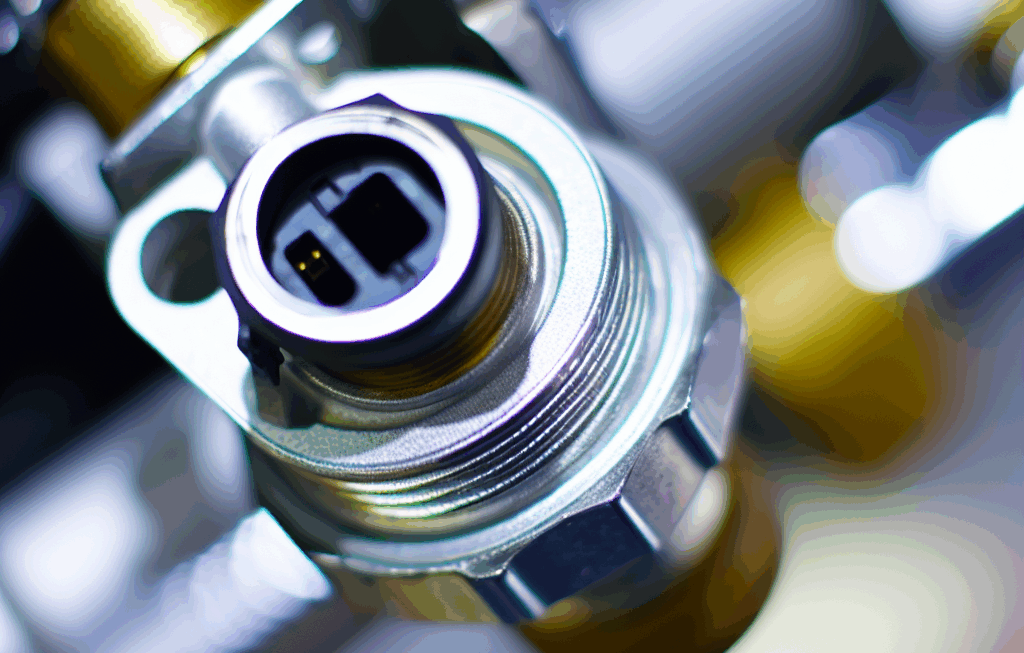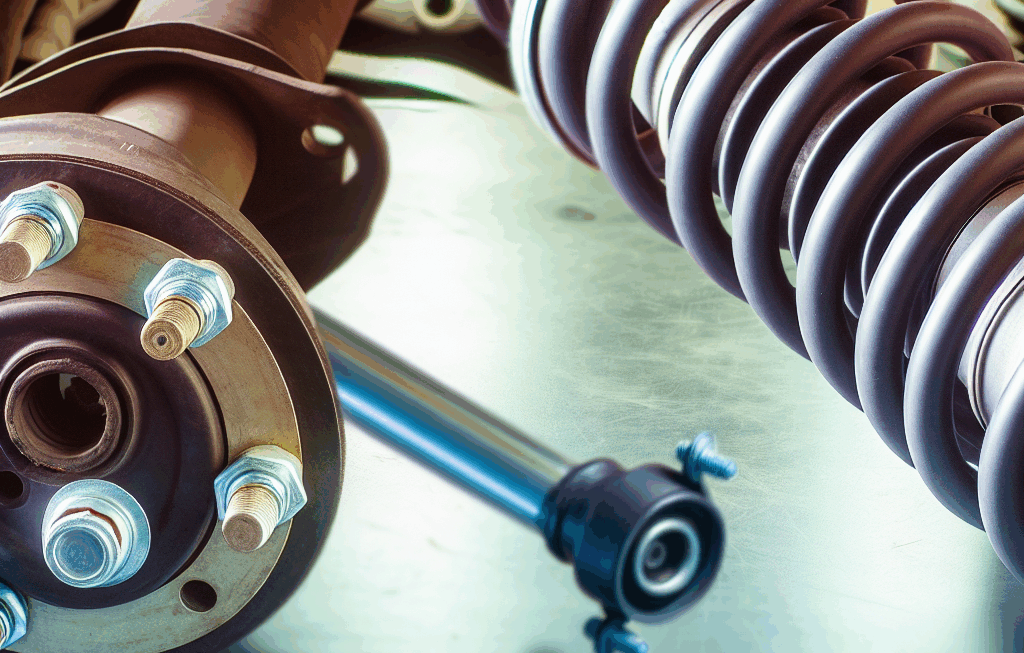Understanding Oxygen Sensors: How They Affect Your Car’s Performance and Efficiency
One crucial component of a car’s engine system that often goes unnoticed is the oxygen sensor. This small but mighty device plays a crucial role in ensuring your car runs smoothly, efficiently, and environmentally friendly. In this article, we will delve into the inner workings of oxygen sensors, how they impact your vehicle’s performance and fuel efficiency, and why it’s essential to keep them in top condition.
The Role of Oxygen Sensors in Your Car
The primary function of an oxygen sensor is to monitor the amount of oxygen present in your car’s exhaust gases. This information is then sent to the engine control unit (ECU), which uses it to adjust the air-fuel mixture for optimal combustion. A properly functioning oxygen sensor helps your engine run more efficiently, reduce emissions, and improve fuel economy.
Types of Oxygen Sensors
There are two main types of oxygen sensors: upstream (also known as pre-cat) sensors and downstream (post-cat) sensors. Upstream sensors are located before the catalytic converter and measure oxygen levels in the exhaust gases, providing real-time feedback to the engine management system. Downstream sensors, on the other hand, monitor the efficiency of the catalytic converter by measuring oxygen levels after the exhaust gases have passed through it.
Common Signs of a Failing Oxygen Sensor
Like any other component in your car, oxygen sensors can wear out over time and fail. It is essential to be aware of the signs of a failing oxygen sensor to address the issue promptly. Some common symptoms include poor fuel economy, rough idling, engine misfires, and a check engine light illuminated on the dashboard. Ignoring these warning signs can lead to decreased performance, increased emissions, and potential damage to other engine components.
Replacing and Maintaining Oxygen Sensors
When it comes to replacing oxygen sensors, it is recommended to follow the manufacturer’s guidelines for your specific vehicle. While replacing an oxygen sensor is a relatively simple task, it is crucial to use a high-quality sensor to ensure optimal performance and longevity. Regular maintenance, such as cleaning the sensor and ensuring proper connections, can also help extend its lifespan and keep your car running smoothly.
Conclusion
In conclusion, understanding the role of oxygen sensors in your car’s performance and efficiency is crucial for maintaining a healthy engine and reducing harmful emissions. By recognizing the signs of a failing oxygen sensor, replacing it when necessary, and staying on top of maintenance, you can ensure your vehicle runs smoothly and efficiently for years to come. Remember, a well-maintained oxygen sensor not only benefits your car but also the environment. So, take care of this small yet significant component, and enjoy a smoother ride every time you hit the road.



